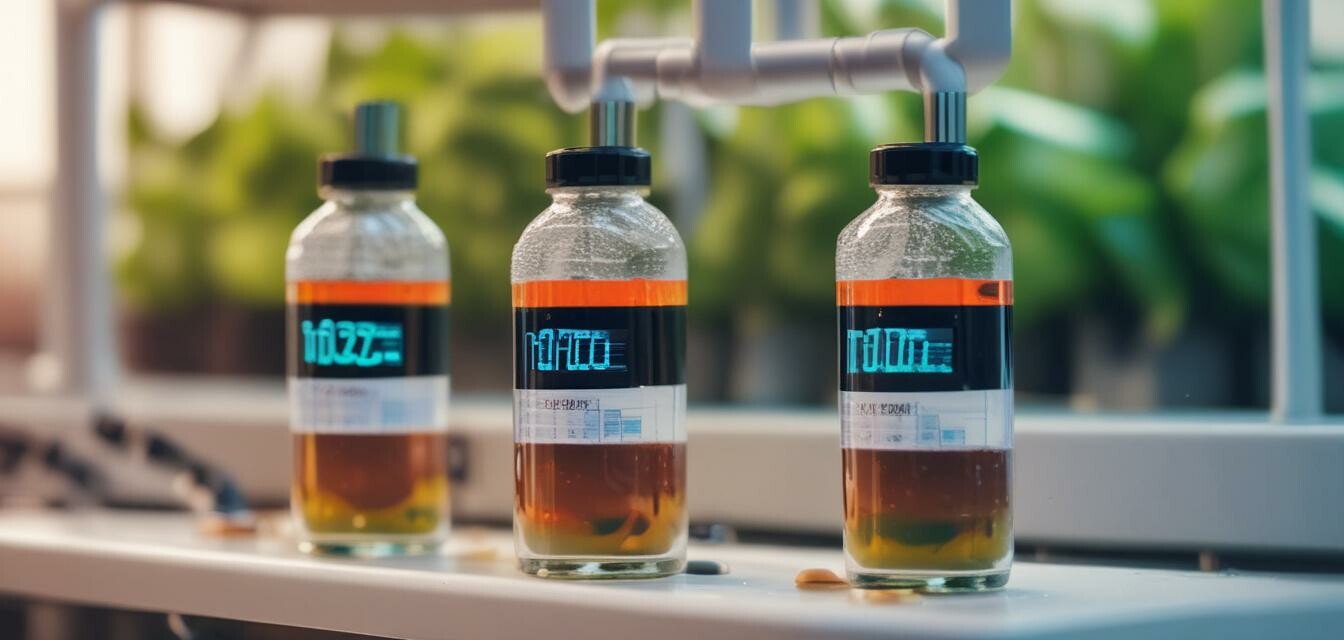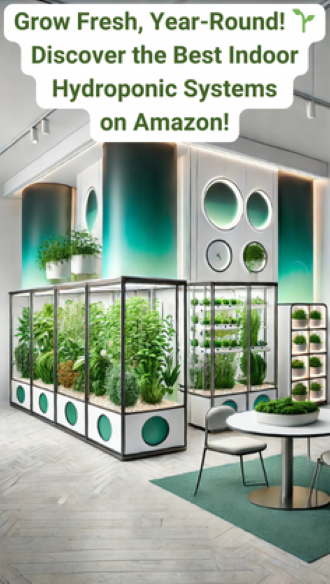
Mastering pH levels in Hydroponics
Key Takeaways
- Maintaining a pH level between 5.5 and 6.5 is crucial for nutrient uptake.
- Regular monitoring helps prevent nutrient lockout and plant stress.
- Both pH up and pH down solutions are essential for adjusting levels.
- Consider using a reliable pH meter for accurate measurements.
- Different plants may have unique pH preferences, so adjust accordingly.
Successful hydroponic gardening hinges on various factors, and one of the most critical is maintaining proper pH levels. This article offers tips and techniques for monitoring and adjusting pH levels to ensure optimal plant health in your system. Understanding pH and its role in nutrient availability can profoundly impact your productivity and plant quality.
Understanding pH in Hydroponics
pH, or potential hydrogen, is a measure of the acidity or alkalinity of a solution. In hydroponics, the pH level is pivotal as it influences how well plants can absorb nutrients. Here's a quick breakdown:
- pH Scale: Ranges from 0 to 14, with lower values indicating acidity, 7 as neutral, and higher values indicating alkalinity.
- Optimal pH Range: Most hydroponic crops thrive in a range of 5.5 to 6.5.
- Nutrient Availability: At varying pH levels, plants experience different nutrient availabilities.
Why pH Matters
Science shows that plants can only absorb nutrients in their ionic forms. Below is a table that summarizes the effect of different pH levels on nutrient availability:
| pH Level | Nutrient Availability |
|---|---|
| 5.5 | Most nutrients are available |
| 6.0 | Optimal nutrient absorption |
| 6.5 | Beginning of nutrient lockout for some nutrients |
| 7.0+ | Severe lockout of iron, magnesium, and phosphorous |
How to Monitor pH Levels
Monitoring your hydroponic system's pH levels is essential for maintaining healthy growth. Here’s how to do it:
- Invest in a reliable pH meter.
- Calibrate your pH meter regularly.
- Test your nutrient solution before introducing it to your plants.
- Test the pH of your system regularly, ideally once a week.
Adjusting pH Levels
If your readings fall outside of the optimal range, adjustments are required. Here are some effective methods:
- To Raise pH: Use potassium hydroxide or sodium bicarbonate.
- To Lower pH: Utilize phosphoric acid or nitric acid solutions.
Always add solutions gradually and retest the pH to prevent overshooting your target level.
Tips for Maintaining Optimal pH Levels
Tips for Beginners
- Always have your pH testing kit handy.
- Learn the pH needs of the plants you’re growing.
- Choose nutrient solutions designed for hydroponics.
- Consider using automated monitoring systems if your setup is complex.
Common Problems Related to pH Levels
Failing to maintain optimal pH levels can lead to several issues, including:
- Nutrient lockout
- Stunted growth
- Diseases and pest infestations due to poor plant health
Being proactive can prevent these issues from impacting your hydroponics garden.
Conclusion
Mastering pH levels is essential for successful hydroponics. By understanding its effects on nutrient availability and regularly monitoring and adjusting as necessary, you can cultivate healthy plants year-round. For more information on hydroponic systems, check out our articles on buying guides, environmental control equipment, and nutrient solutions.
